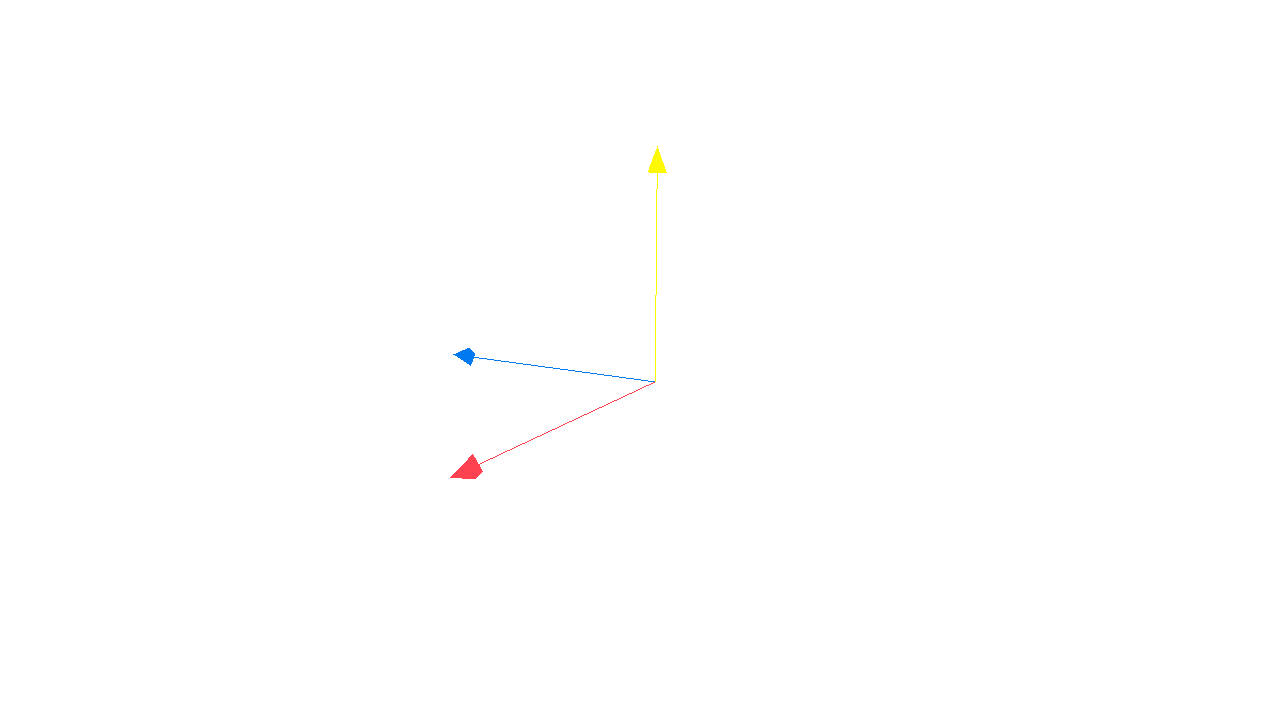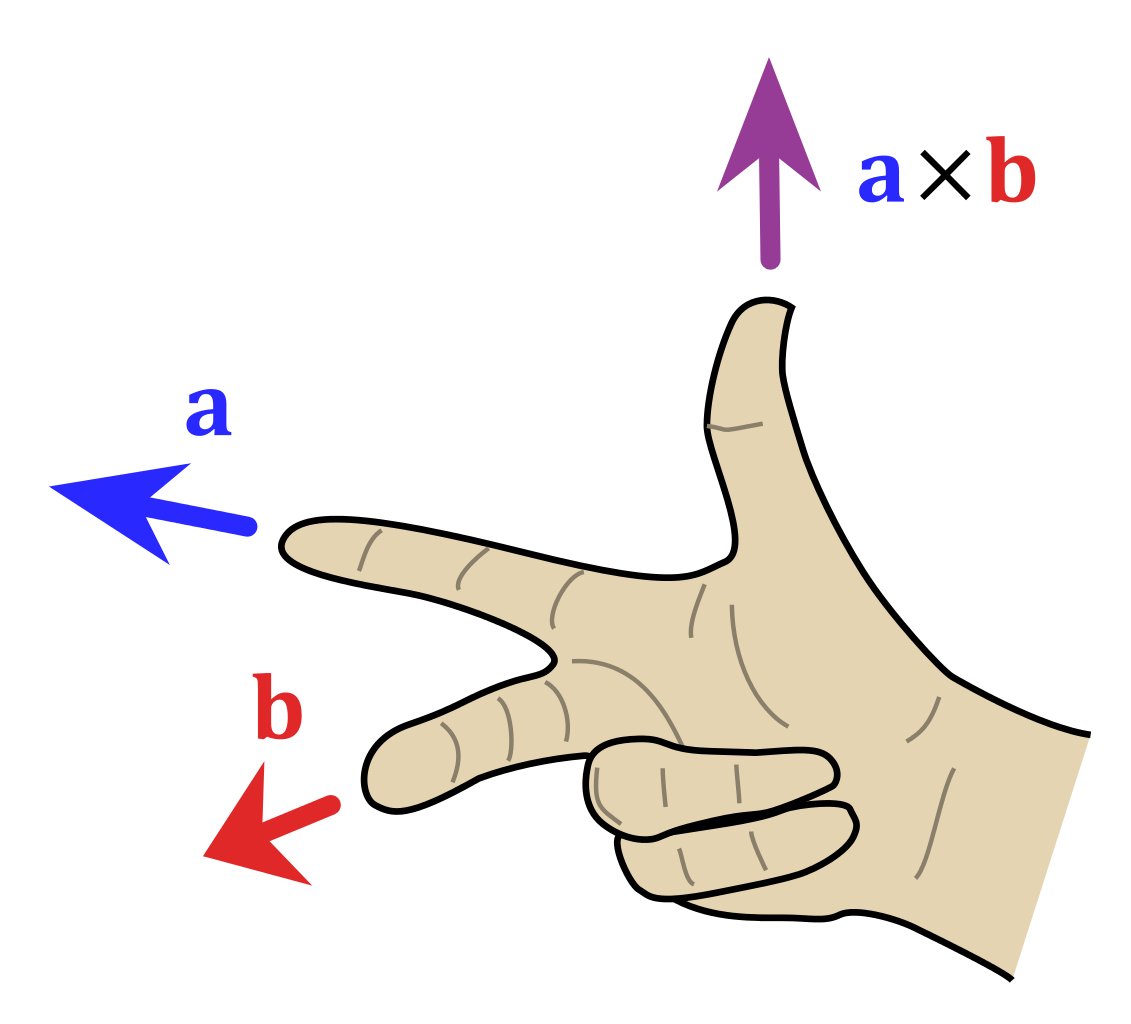Crash course: Mastering the concepts of dot and cross product in 10 minutes
Brief and on-the-point guide to learn the key aspects of dot and cross products.
About the tutorial
As dot product and cross product are vector multiplication operations fundamental to working with 3D, I decided to make this brief post to summarize these concepts in a simple and on-the-point manner, making it easier for readers not familiar, or looking to find a more intuive ways to think these concepts, to follow the other tutorial posts.
Objectives
- To understand the key aspects of the dot product and cross product.
Demo
You can get the demo from s2cpp-monorepo. The demo can be easily build with CMake and contains some scripts for a quick setup, demo is licensed under MIT license, excluding media assets with a separate license file present.
Pre-built binaries available for Windows
Dot product
The dot product is simply the component-wise sum of the vector obtained by multiplying two vectors element-wise. For example if we have 3 dimensional vectors: v0 and v1, the dot product of these vectors is:
float dot_product = v0.x*v1.x + v0.x*v1.x + v0.x*v1.x;
The dot product is useful to measure how much one vector goes in the direction of another.
Properties
- If the value is positive, the vectors are facing the same direction.
- If the value is negative, the vectors are facing opposite directions.
- If the value is zero, the vectors are perpendicular (at 90 degrees or π/2 radians) to each other.
- The dot product has a direct relationship with the cosine of the angle between the vectors.
Example use cases
- Calculating the angle between two vectors.
- Aligning a vector with a given direction.
- Dividing space into positive and negative half-spaces, such as finding a point’s distance from a plane.
- Determining how much force is applied in a certain direction in physics simulations.
- Keeping character movement aligned with a surface in video games.
- Checking if a camera is looking at an object.
- Rendering shadows and reflections in 3D graphics.
Cross product
The cross product is a bit more complicated and result in vector instead of scalar. For vectors v0 and v1, the cross product is:
float3 cross_product = {
v0.y*v1.z - v0.z*v1.y,
v0.z*v1.x - v0.x*v1.z,
v0.x*v1.y - v0.y*v1.x,
};
Right hand rule
The direction of the resulting vector follows the right-hand rule.
If we look at the image on the right, “A” being the first argument vector and “B” being the second argument vector.
If you point your right-hand fingers along the “A” vector and curl them toward the “B” vector, your thumb points in the direction of the cross product.
Properties
- Not Commutative! The order of the operands matter.
- The result of the cross product is always a vector, not a scalar.
- The resulting vector is perpendicular to both input vectors.
- If the two vectors are parallel or anti-parallel, the result is zero vector.
- The magnitude of the cross product is proportional to the sine of the angle between the two vectors:
Example use cases
- Finding a vector perpendicular to two given vectors.
- Calculating surface normals for lighting and shading in 3D graphics.
- Computing angular velocity in physics simulation.
- Ensuring objects maintain correct orientation and rotation in 3D space.

